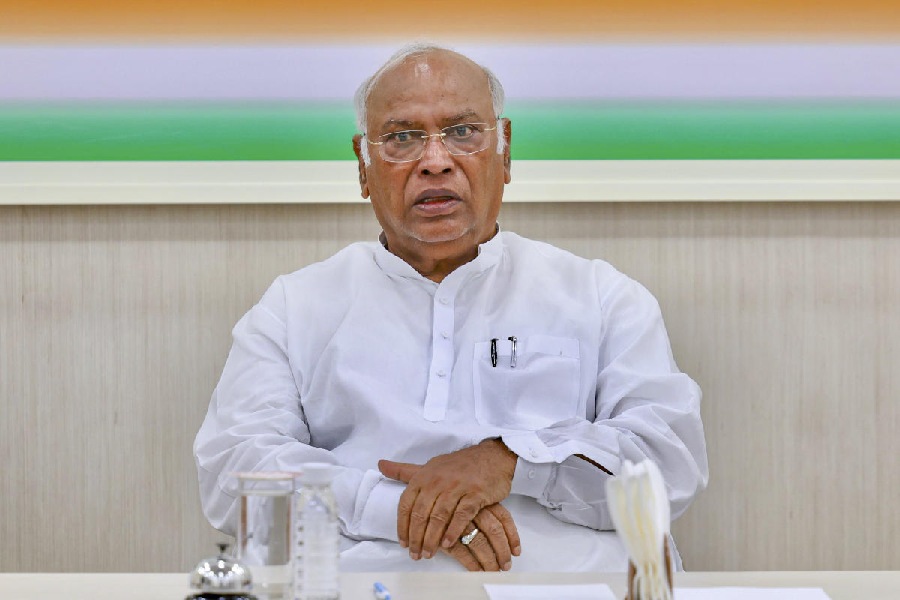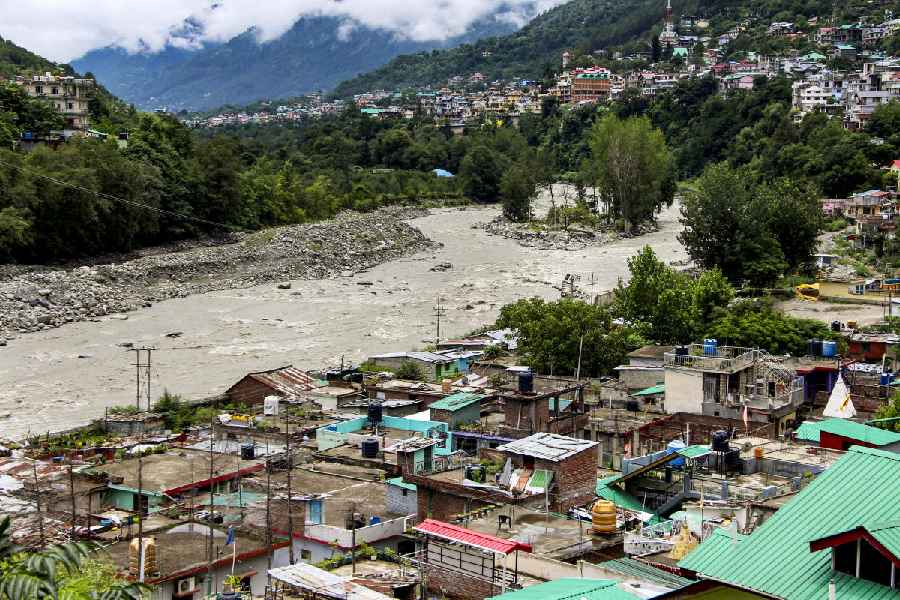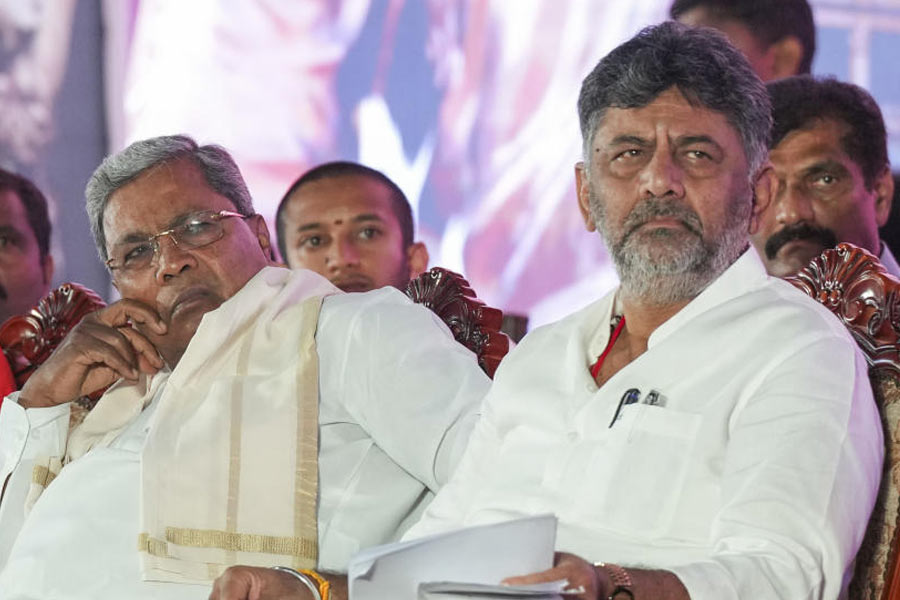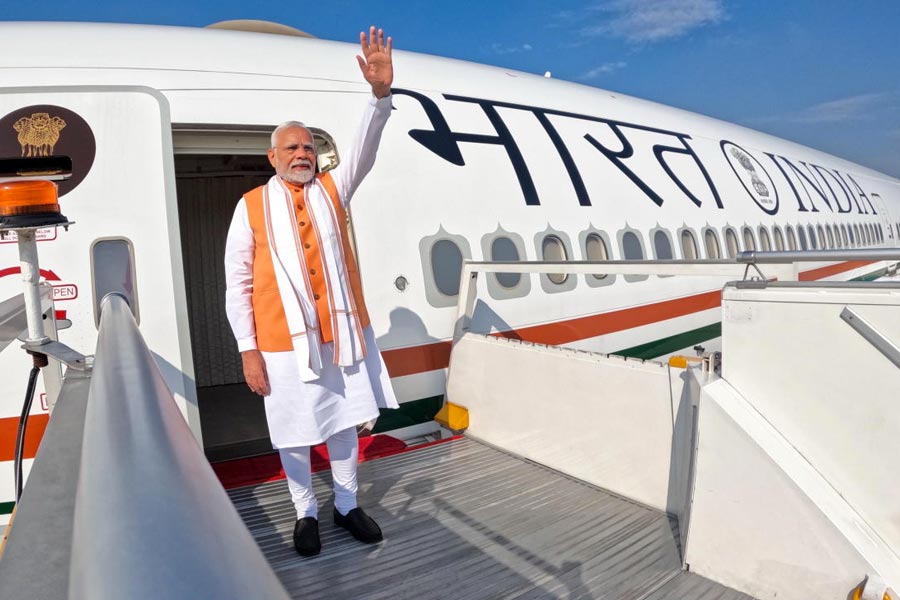 |
 |
| In Numbers game: Indian giant squirrel and four-horned antelope |
Ranchi, July 15: Birsa Munda Zoological Park is all set to chip in to save endangered wildlife.
The Central Zoo Authority (CZA) has recently cleared its proposal to set up a captive breeding and conservation facility on the Ormanjhi park premises, 22km from the state capital.
To begin with, the proposed centre will be entrusted with the job of breeding the endangered four-horned antelope (Tetracerus quadricornis), also known as Chousingha, and the Indian giant squirrel (Ratufa indica). The animals will later be released in the dense forests of the tribal heartland.
According to wildlife experts, currently there are only two to four antelopes in Jharkhand. The population of giant squirrels is also dwindling fast and only a handful has been spotted on the fringes of Jamshedpur and Palamau in recent times.
The National Wildlife Action Plan (2002-16) lays special emphasis on the role of zoos in breeding endangered species and rehabilitating them. The School of Planning and Architecture (SPA), New Delhi, was assigned the task of studying zoo infrastructure while the Wildlife Institute of India, Dehradun, was asked to identify endangered species to be taken up for breeding and conservation.
On its part, the state forest department prepared a master plan based on existing facilities — captive breeding infrastructure, animal upkeep and quarantine units, civic amenities, service roads, et al — at Birsa zoo. It also submitted a design of enclosures for captive breeding along with estimates. The zoo authority sent its approval 10 days ago.
Chief conservator of forest (wildlife) S.K. Sharma said the CZA was selecting different zoos across the country for breeding programmes. “Ours has been selected for the two endangered species of antelope and squirrel. The project is important for us.”
Sharma hopes that the programme will start showing results in two years’ time. “It is a time-taking project. We will start with construction of enclosures for captive breeding.” The zoo is expected to send a final estimate to the CZA soon.
Birsa zoo director P.K. Verma told The Telegraph that the special drive had been undertaken by the CZA to tackle various pressures on wildlife habitats, which was taking a toll on endangered animal count. “Captive breeding will help us save rare mammals from becoming extinct and also sustain their population,” he pointed out.
The director said that construction of enclosures would start as soon as fund were released by CZA. “The new guests will also be an added attraction for zoo visitors,” he added.











